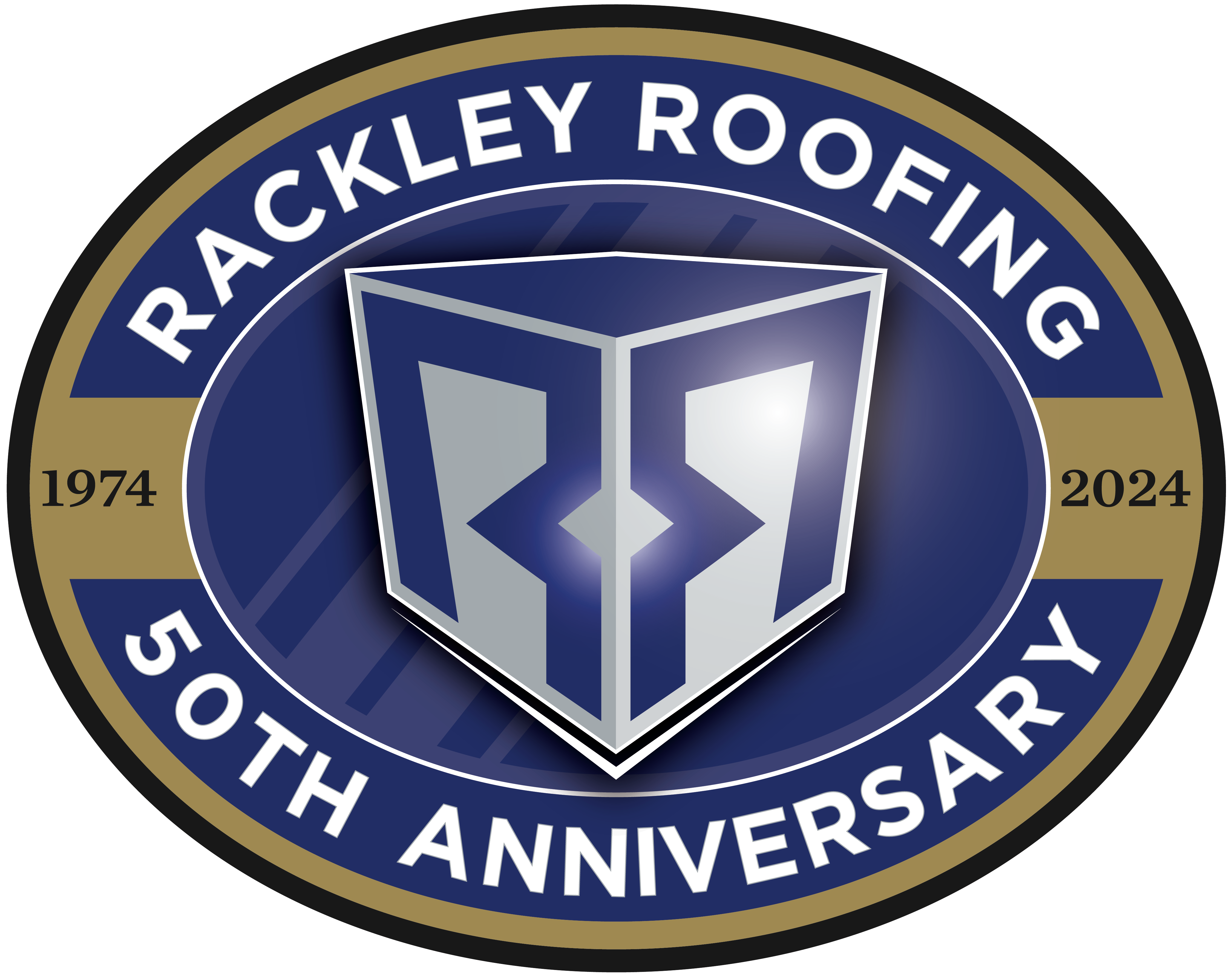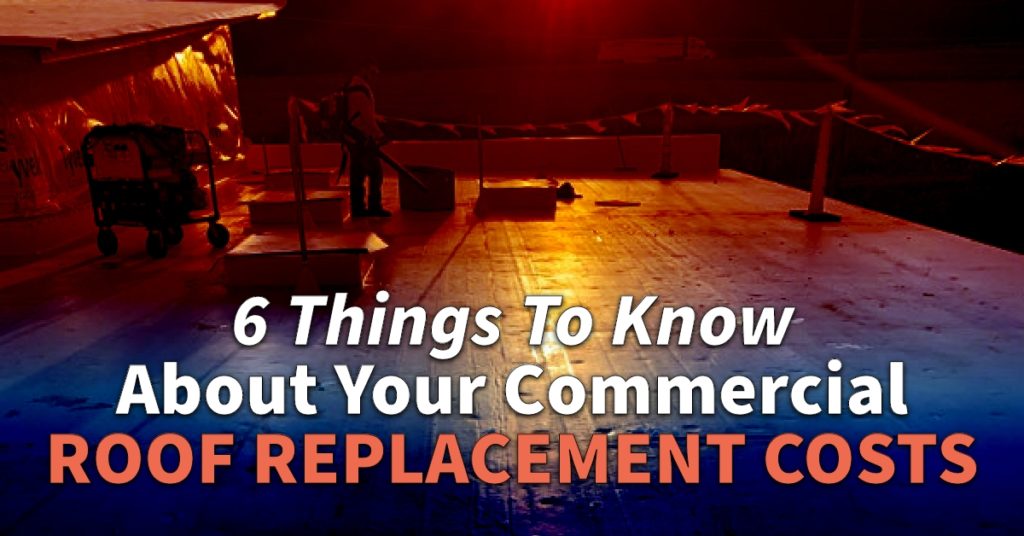At Rackley Roofing, we feel for you. As a building owner, we know you have far less control over matters than most people realize. Employees assume you are wealthy beyond measure. Clients assume you are always a step ahead of them. Customers post public reviews that are usually wide of the mark. Your roofer understands your plight, though, and will always work with you to hold down commercial roof replacement costs.
Budget: Busted or Balanced?
Not enough people give you credit, so allow us: you budgeted for commercial roof replacement and made two wise moves already:
- You saved for the project
- You lined up financing
But now you wonder what, exactly, goes into commercial roof replacement costs for a low-slope roof? Will your saved funds be enough to pay for the bulk of the project, with only a small business loan needed?
1. Roof Type
The type of roof currently on your building only partially affects your choices in materials for a roof replacement. Low-slope roofs (so-called “flat” roofs, though they are never truly flat) can be capped with many products:
- Built-up Roofing (BUR)
- Single-ply (TPO, PVC)
- Rubber (EPDM)
- Metal
- Green roofing
Besides the type of roof, your building’s physical features affect costs, too:
- Microclimate — Prevailing winds, a history of exposure to chemical pollutants, or airborne salt spray all contribute to your decision on an “ideal” roofing material.
- Square footage — Clearly, the larger the square footage, the more work required and the longer the materials list will be.
- Roof features — HVAC units, ventilators, roof hatches, and other penetrations.
You are not locked into replicating your existing roof. If your current roof is, for example, a ballasted modified bitumen roof, your roofer could offer you options like single-ply roofing. At Rackley Roofing, we do not install hot BUR systems.
2. Comparative Cost of Material
The selection of one particular material versus another will affect your bottom line. Keep in mind, however, other factors less tangible to your bean-counters:
- Longevity — A single-ply membrane may cost more upfront than a more traditional material but will provide a great return on investment (ROI) over its lifetime.
- Chemical resistance — If your commercial roof will face harsh environmental conditions, you have to consider which materials hold up best.
- Energy efficiency — Highly reflective roofing materials offer a clear advantage, year after year, in keeping cooling costs down.
3. Roof Access
Many structural conditions affect the tear-off of the old roof and the installation of a new roof:
- Ease of access for heavy equipment — Heavy equipment is needed to move materials between a ground-level staging area and the roof?
- Ease of access for roofers — Does everyone have to squirm through a roof hatch or climb stairs, or can they take a freight elevator to the roof?
- Building height — Getting materials and workers to a two-story roof is far less complicated than getting them up to a 35-story roof.
- Staging area — Will materials have to be shipped for just-in-time (JIT) delivery, or can your roofer temporarily appropriate a section of your parking lot?
- Noise and odors — Are your customers, tenants, or clients sensitive to noises and odors? Is a child-care facility on-site? These factors affect work schedules.
Add to these logistical concerns the careful removal and carting of old roofing, safety for roofers, employees, and customers, and steps needed to protect vehicles and landscaping.
4. Unseen Damage
Your roofer may have taken measures and scans of your existing roof, but until the roof is torn up to be recycled or discarded, nobody can truly know what lies beneath. The roof deck could need structural repairs.
A roof deck can be complicated. It can be corrugated steel, concrete, wood, or combinations of those materials.
It can have coverboard, insulation, vapor barrier, and other layers not visible or easily tested before tear-off. Every layer, every material, every area of damage affects final costs.
5. Wind Loads and Mechanical Fasteners
The microclimate of your building must be considered. Prevailing winds, a history of high winds from one direction, or being situated in a hurricane zone affects roofing costs.
Hurricane clips and mechanical fasteners may be needed but were not required when the existing roof was installed; these additional precautions affect pricing.
6. Building Code
Though most municipalities and the construction sector have adopted the International Building Code (IBC), your building may not be current. Codes change. Any significant project on your building will mean meeting current IBC standards, which will change the figures on the bottom line.
Ask your roofer to explain the code changes likely to impact the method and materials used for your new roof. Significant changes have been made over the past decade regarding hurricane zones.Your commercial property in the southeastern United States will definitely benefit from Rackley Roofing’s complete program of roof inspection, maintenance, repair, and replacement. Contact us today to learn how we really can put you in control of your roof expenditures.




